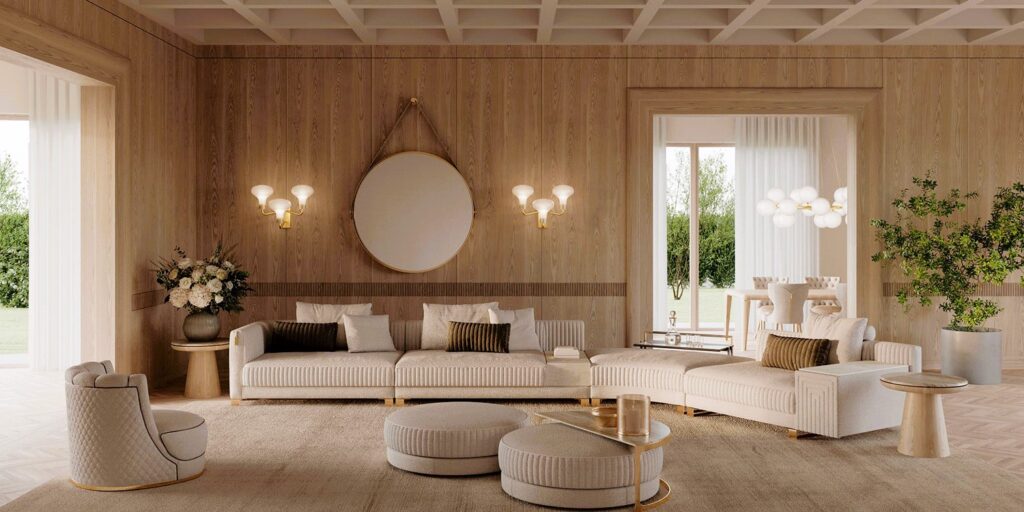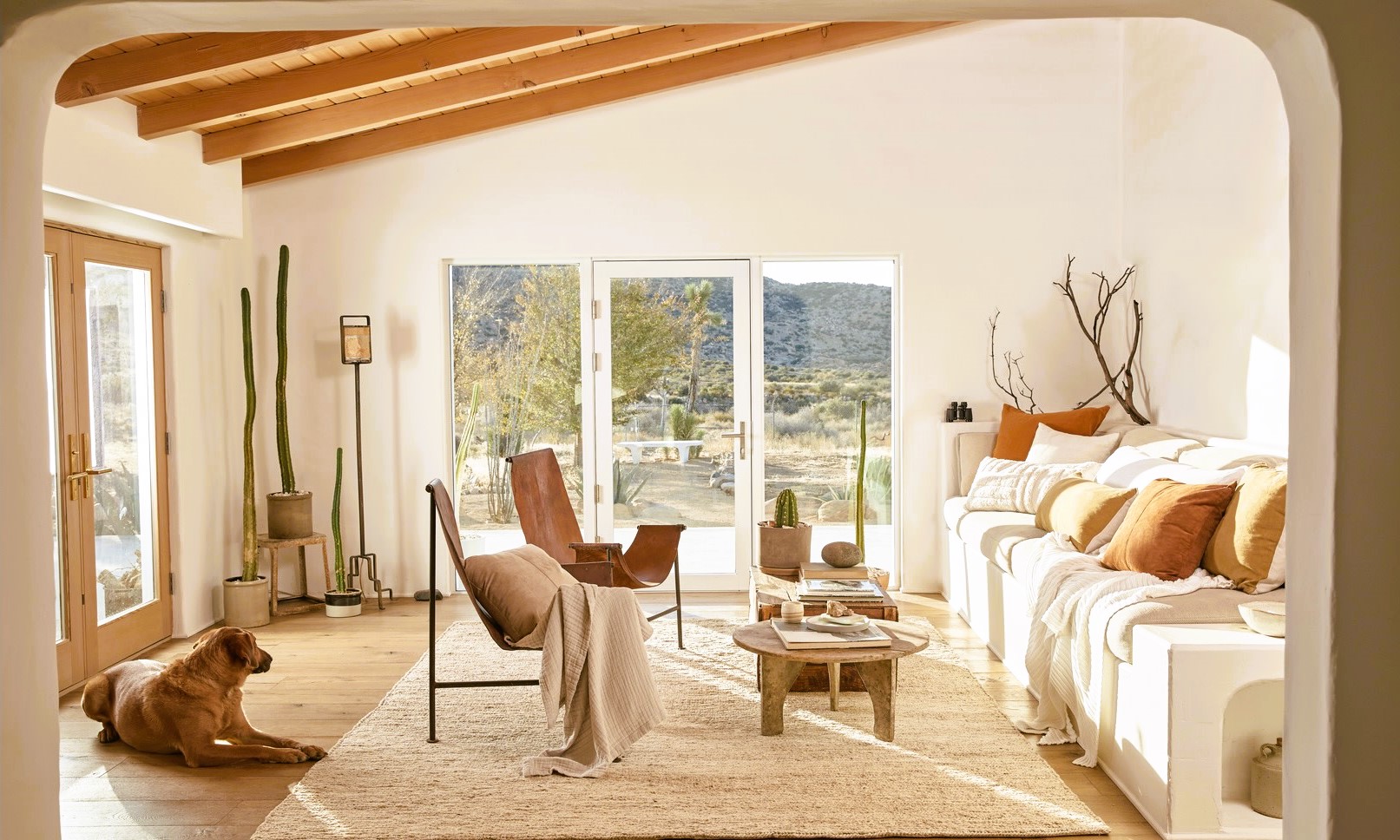The Art of Feng Shui: Harmonizing Furniture Arrangement
Feng Shui, an ancient Chinese practice, is more than just a decorating style; it’s a philosophy that focuses on creating harmony and balance in the environment. One of the key aspects of Feng Shui is furniture arrangement, which plays a vital role in optimizing the flow of energy, or “Chi,” within a space. In this article, we will explore the art of Feng Shui and how it can be applied to harmonize furniture arrangement in your home or workspace.
Understanding Feng Shui
Feng Shui, pronounced “fung shway,” translates to “wind-water” in English. It is based on the idea that the arrangement and orientation of objects and spaces can influence the flow of energy, impacting our well-being, success, and happiness. The core principles of Feng Shui revolve around achieving balance and harmony between the elements of nature, creating a positive and auspicious environment.
Furniture Placement in Feng Shui

- The Command Position: In Feng Shui, the command position refers to the placement of key pieces of furniture, such as your bed or desk, so that they have a clear view of the room’s entrance. This positioning allows you to feel secure and in control, promoting a sense of empowerment and alertness.
- Balance and Symmetry: Symmetry is crucial in Feng Shui. When arranging furniture, strive for balance by placing items in pairs or arranging them in symmetrical patterns. This symmetry helps to create a sense of equilibrium in the space.
- Clear Pathways: Ensure that the pathways in your home or workspace are clear and unobstructed. Clutter and obstacles can disrupt the flow of energy and hinder your ability to move freely.
- Elemental Balance: Feng Shui associates specific elements (wood, fire, earth, metal, and water) with different areas of a space. Incorporating these elements into your furniture arrangement can help balance the energy in your environment. For example, wood furniture can promote growth and creativity, while metal furniture can enhance clarity and precision.
- Color and Lighting: The choice of colors and lighting in your furniture arrangement also matters. Use colors that correspond to the elements you want to enhance, and ensure that your space is well-lit to promote positive energy flow.
- Personal Energy Map (Bagua): The Bagua is a Feng Shui energy map that divides a space into nine zones, each representing different aspects of life, such as wealth, love, and career. By aligning your furniture arrangement with the Bagua, you can focus on improving specific areas of your life. Revitalizing old furniture with DIY renovations, read our guide.
Applying Feng Shui to Your Furniture Arrangement
To apply Feng Shui principles to your furniture arrangement, consider the following steps:

- Declutter: Before rearranging your furniture, declutter your space. Remove unnecessary items that block energy flow and create a sense of chaos.
- Identify Key Pieces: Determine which pieces of furniture are essential to your daily life and ensure they are in the command position. This includes your bed, desk, and any seating areas where you spend significant time.
- Balance Elements: Incorporate the five elements (wood, fire, earth, metal, and water) in your furniture and decor choices to create a harmonious balance.
- Use Mirrors Strategically: Mirrors can reflect and amplify energy. Place them in areas where you want to enhance light and space, but avoid positioning them to reflect clutter or negative elements.
- Personalize Your Space: Feng Shui is not a one-size-fits-all approach. Customize your furniture arrangement to suit your personal goals and preferences, whether it’s improving relationships, enhancing creativity, or promoting relaxation.
- Seek Professional Guidance: For a more in-depth and personalized approach to Feng Shui, consider consulting with a certified Feng Shui practitioner who can provide guidance tailored to your specific needs.
Conclusion
Feng Shui offers a unique perspective on interior design and furniture arrangement, focusing on the flow of energy and its impact on our lives. By following the principles of Feng Shui, you can create a harmonious and balanced environment that promotes well-being and positivity.
To learn more about Feng Shui principles and practices, you can visit reputable sources such as Wikipedia for information on how Feng Shui may be integrated with interior design standards and recommendations.

